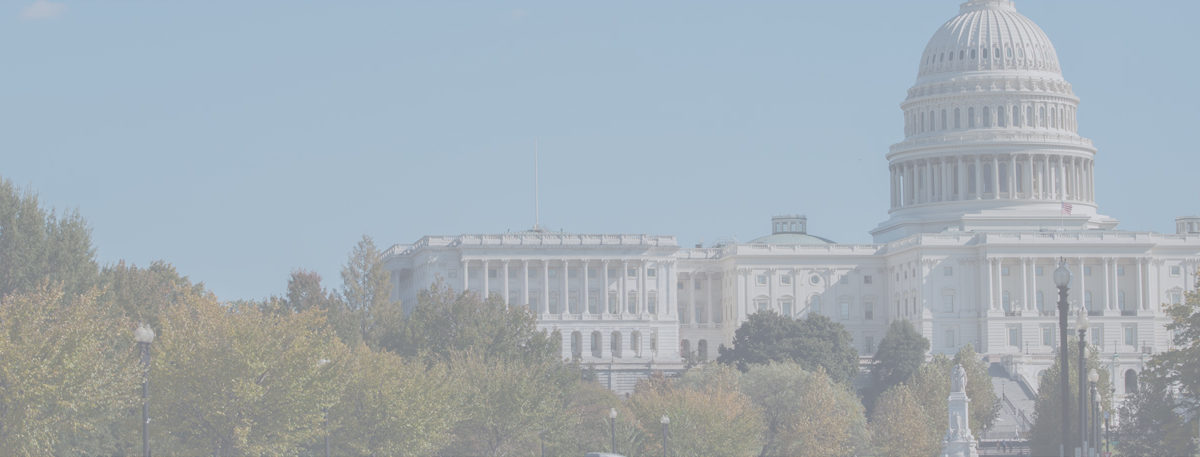
October 2018
October 1, 2018December 2018
November 29, 2018Leaves haven’t changed, will the color of the House or Senate?
The trees surrounding your Capitol building have not yet changed color due to the warm and wet weather last month in Washington DC. Those trees will turn eventually, but what about the Capitol itself? Will either or both chambers change from Red to Blue? Should that happen there will be dramatic changes affecting trade in Washington. Committee Chairmanships would change hands in the affected chamber(s) when the new Congress is seated in January, which could invoke scrutiny of past administration actions and complicate new initiatives such as the effort to implement USMCA, the replacement for NAFTA. There are also talks of high-level personnel replacements that will affect the FTZ community even without a change in control in the House or Senate. Want your voice to be heard in Washington? Vote next Tuesday.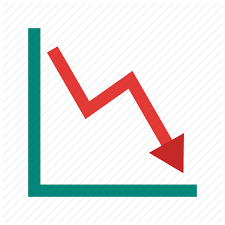
Top Story: World Markets And Foreign-Trade Zones React to Trade/Economy Concerns
New Players in the Administration Could Impact Trade Issues
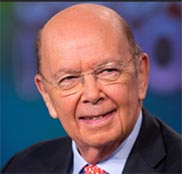
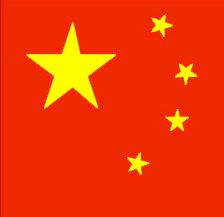
Are We Moving To Defcon (List) 4? FTZs Want To Know
President Trump may yet follow through on his proposal to impose tariffs on all remaining Chinese imports.
Trade Difficulties Complicate FTZ Manufacturing


Trade Tensions Drive Closer Ties Between Japan and China
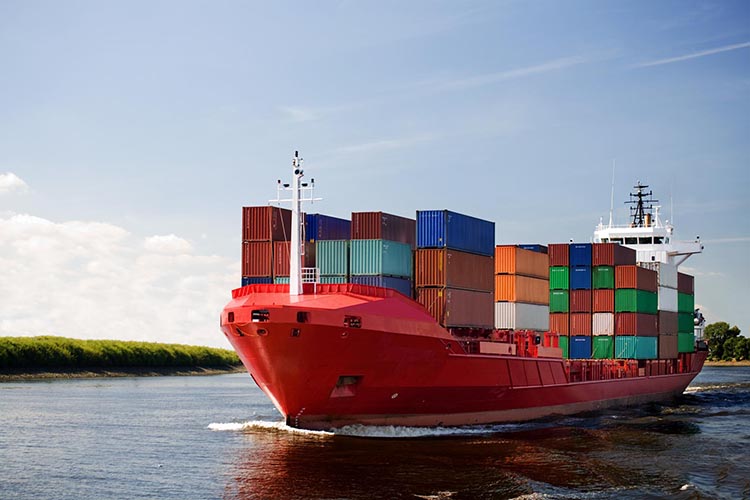
U.S. Foreign-Trade Zones Board Activity
- MAS US Holdings, Inc., received approval to operate their Siler City and Asheboro, North Carolina facilities as Foreign-Trade Zone 93J. LEARN MORE
- BAUER-Pileco, Inc. submitted an application requesting subzone status for its facility in Foreign-Trade Zone 84 in Houston, Texas. LEARN MORE
- Schumacher Electric Corporation submitted an application requesting subzone status for its facility in Foreign-Trade Zone 168 in Fort Worth, Texas. LEARN MORE
- Mayfield Consumer Products submitted an application requesting subzone status for its facility Foreign-Trade Zone 294 in Mayfield and Hickory, Kentucky. LEARN MORE
- The South Jersey Port Corporation submitted an application to reorganize Foreign-Trade Zone 142 under the alternative site framework in Salem and Millville, New Jersey. LEARN MORE
- Mayfield Consumer Products submitted a notification of proposed production activity for candles in Foreign-Trade Zone 294 in Mayfiled and Hickory, Kentucky. LEARN MORE
- Eastman Kodak Company submitted a notification of proposed production activity for printing flexographic plates in Foreign-Trade Zone 106 in Weatherford, Oklahoma. LEARN MORE
- The City of Baltimore received approval to reorganize Foreign-Trade Zone 74 under the alternative site framework in Baltimore, Maryland. LEARN MORE
- Winpak Heat Seal Corp., submitted an application requesting subzone status for its facility in Foreign-Trade Zone 114 in Peoria, Illinois. LEARN MORE
- Motiva Enterprises LLC received approval for expansion of subzone 116A in Port Arthur, Texas. LEARN MORE
- Patheon Softgels received authorization for production activity of pharmaceutical products in Foreign-Trade Zone 230 in Greensboro, North Carolina. LEARN MORE
- United Parcel Service, Inc., submitted an application requesting subzone status for its facility in Foreign-Trade Zone 29 in Louisville, Kentucky. LEARN MORE
- The Jacksonville Port Authority submitted an application to reorganize Foreign-Trade Zone 64 under the alternative site framework in Jacksonville, Florida. LEARN MORE
- Black & Decker (U.S.), Inc., received authorization for proposed limited production activity for Indoor and Outdoor Power Tools and Related Components in Foreign-Trade Zone 12 in McAllen, Texas. LEARN MORE
- AGCO Corporation submitted a notification of proposed production activity for Agricultural Equipment and Related Subassemblies and Components in Foreign-Trade Zone 119 (subzone 119M) in Minneapolis-St. Paul, Minnesota. LEARN MORE
- Digi-Key Corporation received approval to operate its Thief River Falls, Minnesota facility as Foreign-Trade Zone 259B. LEARN MORE
- Kravet, Inc., did not receive approval for production activity of commercial samples in Foreign-Trade Zone 38G in Anderson, South Carolina. LEARN MORE
- PBR, Inc. d/b/a SKAPS Industries, did not receive approval for production activity of non-woven geotextiles in Foreign-Trade Zone 26 in Athens, Georgia. LEARN MORE
- The Greater Kansas City Foreign-Trade Zone, Inc. received approval to expand Foreign-Trade Zone 15 in Kansas City, Missouri. LEARN MORE
- AGRU America Charleston, LLC, received authorization for production activity of polyethylene fittings and floaters in Foreign-Trade Zone 21 in North Charleston, South Carolina. LEARN MORE
- Flemish Master Weavers received authorization for restricted production activity of machine-woven area rugs in Foreign-Trade Zone 168 in Waterville, Maine. LEARN MORE
- ModusLink Corporation received authorization for production activity of camera and accessories kitting in Foreign-Trade Zone 244 in Riverside, California. LEARN MORE
- CSI Calendering, Inc., did not receive authorization for production activity of rubber coated textile fabric in Foreign-Trade Zone 39 in Arlington, Texas. LEARN MORE
- Calsonic Kansei North America submitted a notification for proposed production activity of automotive parts in Foreign-Trade Zone 78 in Nashville, Tennessee. LEARN MORE
- Volusia County received approval to expand and reorganize Foreign-Trade Zone 198 under the alternative site framework in Volusia and Flagler Counties, Florida. LEARN MORE
- Broward County received approval to expand and reorganize Foreign-Trade Zone 25 under alternative site framework in Broward County, Florida. LEARN MORE
- Louisville & Jefferson County Riverport Authority received approval to reorganize Foreign-Trade Zone 29 under the alternative site framework in Louisville, Kentucky. LEARN MORE
Leaves haven’t changed, but will the color of the House or Senate?
The trees surrounding your Capitol building have not yet changed color due to the warm and wet weather last month in Washington DC. Those trees will turn eventually, but what about the Capitol itself? Will either or both chambers change from Red to Blue? Should that happen there will be dramatic changes affecting trade in Washington. Committee Chairmanships would change hands in the affected chamber(s) when the new Congress is seated in January, which could invoke scrutiny of past administration actions and complicate new initiatives such as the effort to implement USMCA, the replacement for NAFTA. There are also talks of high-level personnel replacements that will affect the FTZ community even without a change in control in the House or Senate. Want your voice to be heard in Washington? Vote next Tuesday.

